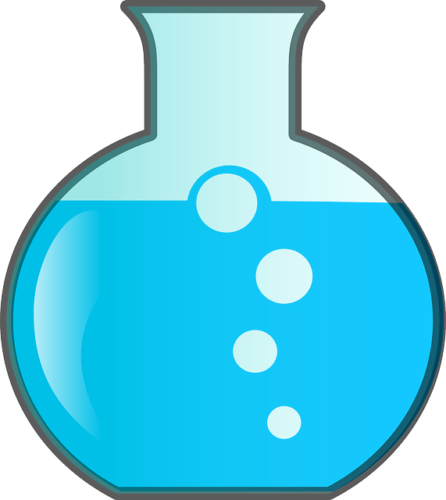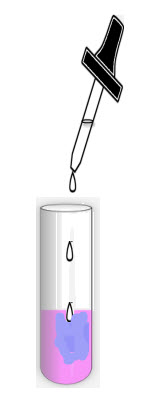Another name for chemical change is chemical reaction.
A chemical change (chemical reaction) is the process by which one or more substances change to form one or more new substances.
Reactant(s): The one or more starting substances.
Product(s) : New substance or substances produced.
The form for writing an equation for a chemical reaction is:
Reactant(s) —————–> Product(s)
The arrow (————>) is read as “yields” or “produces”. The length of the arrow drawn is not significant, but the direction of the arrow head must point toward the product(s).
How to determine if a chemical reaction has occurred.

Chemical reaction can occur without any visual change. But, the follow visual changes generally identifies a chemical change:
- Gas is formed. Evident by the presence of bubbles.

- Precipitte (solid) formed in a liquid solution. Evident by a cloudy solution with substances separating and falling to the bottom of the container.

- Energy released. Evident by an increase in the temperature of the materials because of the chemical reaction.
- Energy absorbed. Evident by a decrease in the temperature of the materials because of the chemical reaction.
- Color change.
Types of Chemical Reactions
Chemical Reaction Equation: Reactant(s) ? Product(s)
Combination Reaction: When two or more reactants combine to form a single product.
A + B ——> AB
Decomposition Reaction: When one reactant breaks apart into two or more products.
AB——>A + B
Single Replacement: When one reactant takes the place of one part of another reactant.
A + BC——->B + AC
Double Replacement
AB + CD ——->AD + CB
Big Book of Science Experiments
A book of fun informative experiments about astronomy, biology, chemistry, earth science, and physics.
(Paid Link)
